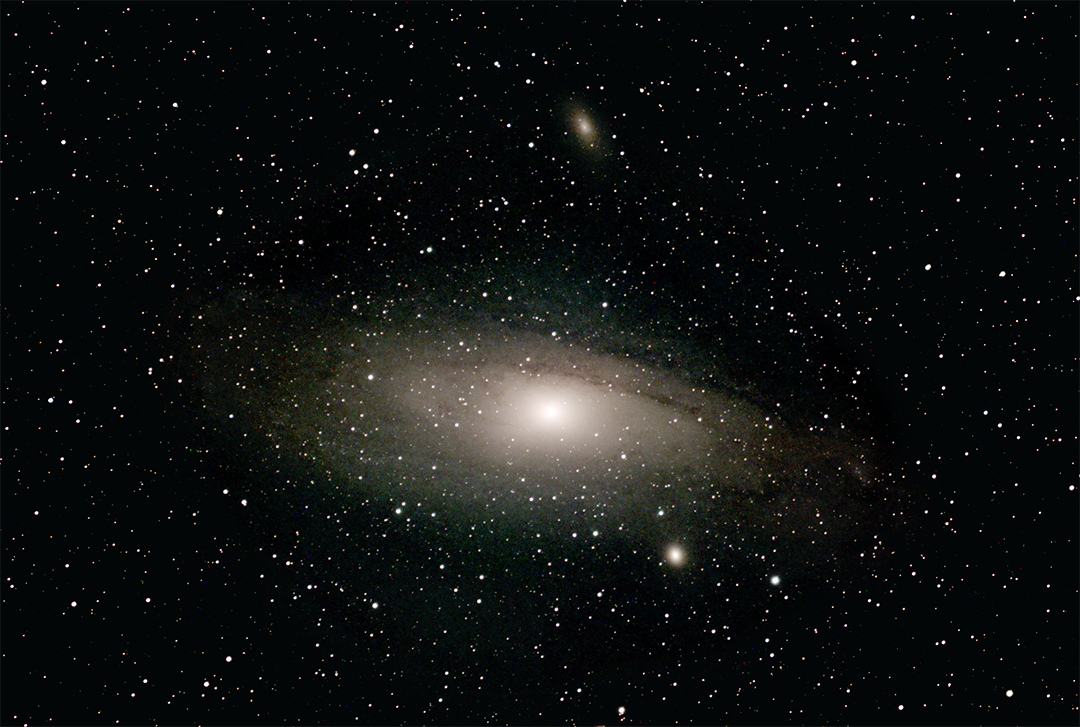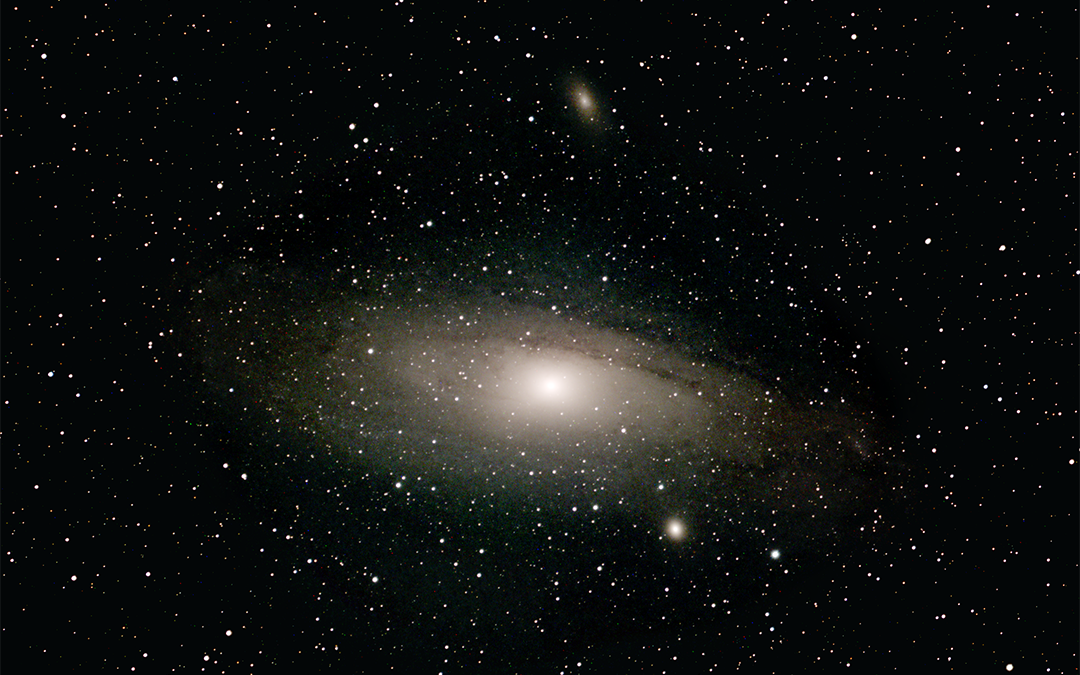
Gear
- Telescope – Meades 70mm Series 6000 Refractor
- Main Camera – ZWO ASI294MC Pro
- Mount – HEQ5
- Guide Scope – ZWO 30mm f/4 mini guide scope
- Guide Camera – ZWO ASI120MC-S
- Controller – ZWO ASIAir Pro
Acquisition
- 14 Light Images at 120 Gain, 120s Exposure
- Maybe Darks (going by memory)
- Maybe Bias (going by memory)
After a couple of months of research and discovery about astrophotography I decided to dive right in. I started buying gear in August. The Meades 70mm Series 6000 Refractor and ZWO ASI294MC, HEQ5, etc. Gear I have never tried but damn will learn if it kills me. However, because of Covid and everyone jumping to new hobbies like this, I actually did not get my gear until end of Sept 2020. Who knew there would ever a shortage on telescope gear?!?
Just like anyone with a new toy I was just begging for clear skies to try out all this sweet goodness. Of course it took a week before that first clear sky. Then came a few nights with clear skies to get everything working. One night I had all everything in place but wired incorrectly to the ASIAir Pro. The next night I realized I am missing a EQMOD cable for the mount. When I finally got that cable it was finally time to learn the ASIAir interface and figure out what to do next.
The hardest part for me was learning how to get guiding to work. That took me about 3 nights to get right. Three long nights of scratching my head in the dark and googling like crazy what was wrong. Let me tell you how excited I was the first time guiding was successful. The first thing I did was point at Andromeda and let it roll. No time to waste because I’ve wasted enough running around in the dark.
Since it was late into the night after I got guiding to work, I was only able to get 14 light images at 120s exposure. It’s not much but it was good enough for a semi-successful take. I was just happy that there was no star tracing. The stars were focused and clear to me. Now, because this was a few weeks ago and I was in the early learning phase I honestly cannot recall if I took proper darks and bias (or flats). That’s all a big maybe. But you take what you got and roll with it for learning sake. So, above and as stated to the side darks and bias might have been taken. Maybe not. Who knows. Let’s move on.
I used DeepSkyStacker to stack my images and Photoshop to process. For processing steps I followed this video as best as I could:
I have used photoshop before but from a very minimum usage. Cropping, resizing images, maybe some layering. This was the first time doing some color balancing, curve and saturation adjustments, gradient removals, using actions to minimize stars, etc… Everything AstroBackyard did in the video was fairly new to me. Because of this video I was able to produce the result above.
Is it the best shot of Andromeda?
Not at all. But it’s mine and it’s pretty awesome to know that I can get a shot of it from my backyard. But just like any skill it’s practice and repetition. I sure wish I could have exposes the nebula more and cleaner. So, expect a follow-up to Andromeda. Overall, I learned a great deal just going through the process of setting, shooting, and processing an astro photograph. It may not be the prettiest Andromeda shot but it’s just the start. Kick it!

